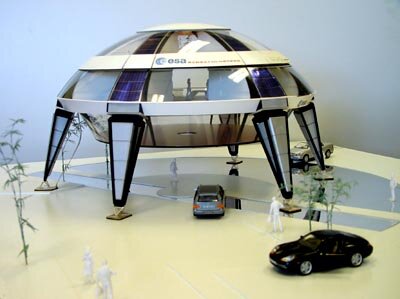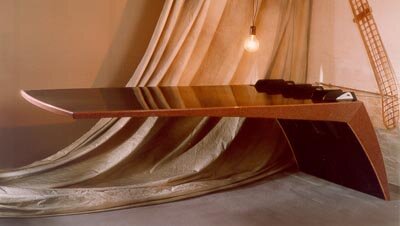Plastics in outer space – solutions for the Earth
Space technology will be a main attraction at K2001, the world’s biggest trade fair for plastics and rubber that will take place in Dusseldorf, from 25 October to 1 November 2001. Staged every three years, K2001 draws over 2800 exhibitors and 250,000 trade visitors from more than 100 countries.
This year, an ESA-sponsored exhibition entitled “Plastics in outer space – solutions for the Earth” will be on display in Hall 6, showing how spin-offs from innovative materials and applications developed for space can be used on the ground. Special attention will be dedicated to the International Space Station and its commercialisation activities, including synergies with the plastics industry.

The European space industry has built up an impressive portfolio of technologies and know-how. This has provided many innovative solutions for non-space products and services that improve our daily lives. This potential is exploited through the process of technology transfer, whereby space technologies are made available for development and licensing.
The ESA Technology Transfer Programme has already achieved more than 100 successful transfers. This success is reflected in the economic data: since 1991 it has generated in excess of 15 million Euro in turnover for space companies and 100 million Euro for non-space industries, resulting in the creation of new companies and jobs.

The display “Plastics in outer space”, covering an area of 350 square metres, will showcase various examples of technology transfer where plastics play an important role. These include ‘air-conditioned’ astronauts’ clothing, which can be fine-tuned to produce protective bodysuits for test pilots and fire fighters; the solar car Nuna, now competing in the World Solar Challenge “Solar Odyssey 2001” rally in Australia; and a futuristic house, where space-developed fibres allow the production of anti-seismic building material and innovative home furniture.

For further information:
Fritz Gampe, staff of ESA Technology Transfer Programme
Tel: +31 71 565 4636
E-mail: Fritz.Gampe@esa.int




